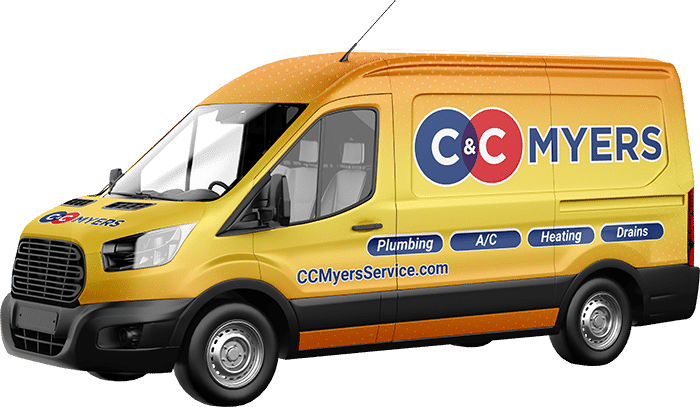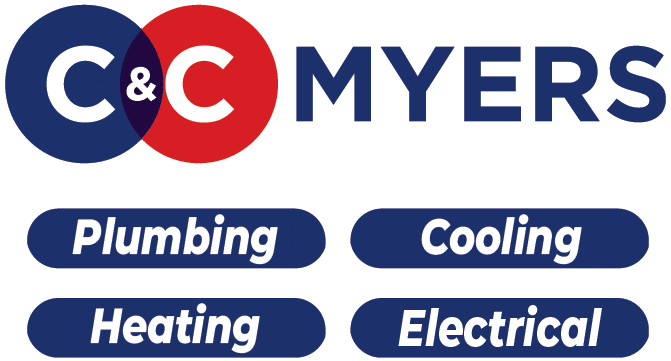When many of us think of allergies, we think of springtime, flowers blooming, and clouds of pollen in the air. As well as on our cars, park benches and coating pretty much everything else in its path. How do you help reduce some of the excess pollen and other allergens that will come into your home as well? There are ways to decrease your indoor allergen exposure that don’t require a limit of your time outside.
INDOOR ALLERGIES
The most common indoor allergens are pollen, mold spores, pet dander, dust mites and cockroach feces. (As if the parasites weren’t gross enough!) All of these allergens can cause the familiar symptoms of sneezing, watery eyes, runny nose, and scratchy throat.
AIR FILTERS
Your doctor may prescribe medication to treat your allergies, but there is another way to help reduce your exposure to the allergens as well. The simplest and cheapest step you can take to reduce allergens is regularly replace your homes air filter. The key is to choose an air filter with a MERV rating of 10 or higher in order to filter out the smaller particles like pet dander, but make sure you don’t get a filter that’s rated too high for your system, for it could harm it.
DEHUMIDIFIER
If you feel that would like to go a step further in reducing allergens in your home, you might want to try a whole-house dehumidifier. Allergens like mold and dust mites thrive in humid conditions, and since Charleston is primarily made up of humidity this can pose a potential threat to your home. The CDC recommends keeping your home’s humidity level below 50%; reducing moisture and standing water in your home—like in that pile of dirty dishes in the sink—can also make your home less inviting to things such as cockroaches and water bugs.
UV LIGHT AND AIR PURIFIERS
For the ultimate improvement in indoor air quality, consider installing a germicidal UV light or an air-purifying system in your HVAC unit. The UV light will kill mold growing inside your HVAC unit before it can be blown into your house, while a whole-house air purifier can help to remove all the tiny particles that your intake filter didn’t catch.
We know someone who could help with this! Check out Environmental Solutions & Services to see how they Can help identify If there is mold in your home!
HELPFUL TIPS
Other methods for reducing indoor allergens include installing flooring such as hardwood rather than carpets where allergens can collect and regularly washing items like bedding and stuffed animals to help keep allergens away from your face.
Indoor air quality is important all year round, but it’s very important in the spring when we open windows and are outside for a good portion of the day, allowing more allergens to enter the home. Following these tips to improve the air in your home can help to ensure you have a happy spring season, rather than a sneezy one!!




